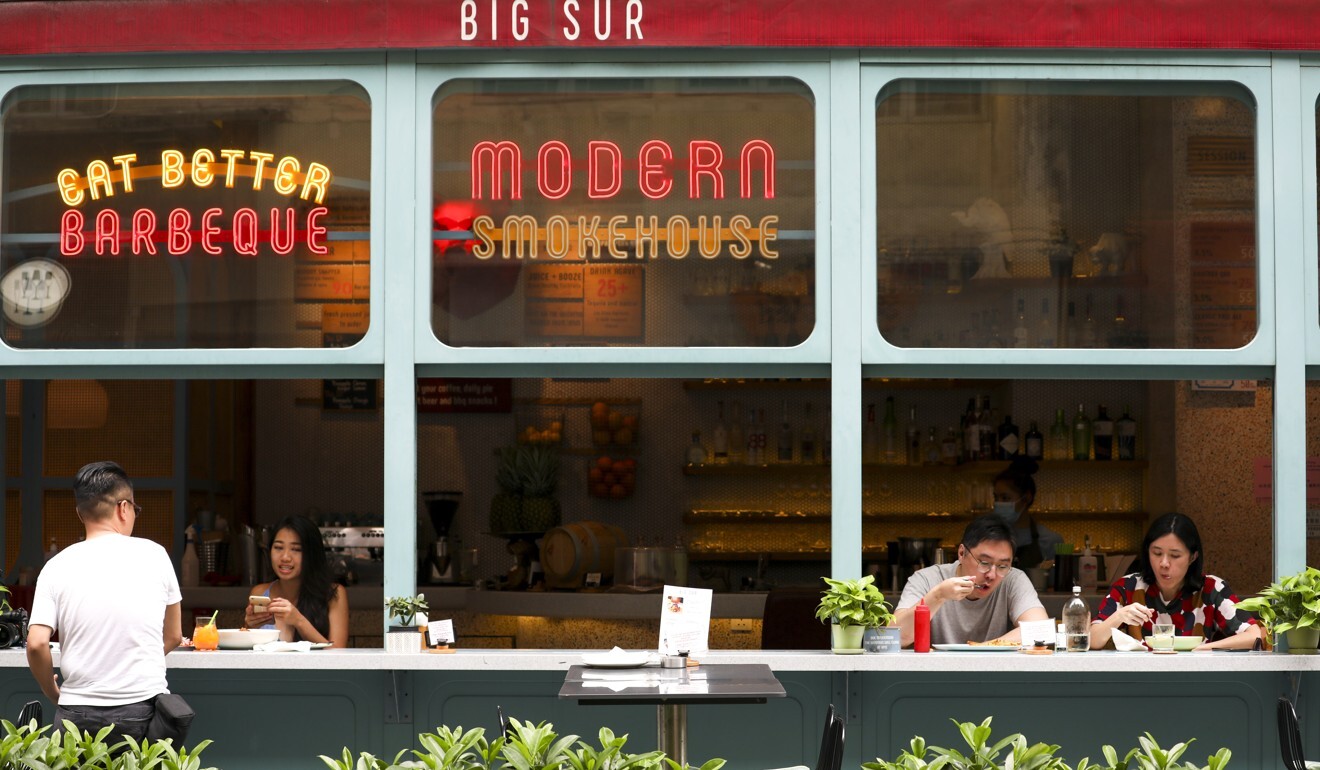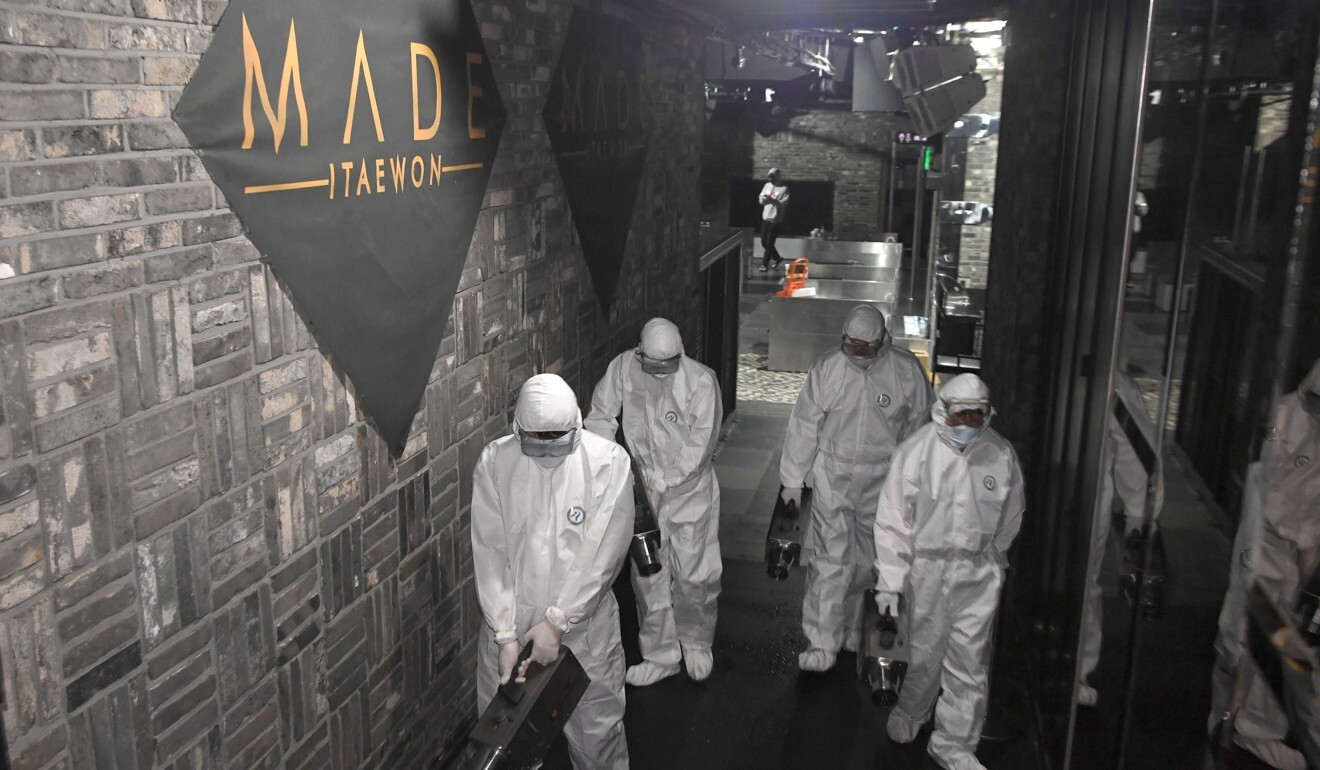
Coronavirus: new local cases in Hong Kong no cause for alarm say health experts, but days ahead will be crucial in determining if return of tough measures needed
- Sporadic community infections could become the new normal and are no cause for panic, leading medical advisers say
- But the government should step up testing of residents, doubling the current level to 7,500 per day, argues university microbiologist
If a large number of cases emerged, the city had to prepare to retighten some measures, including delaying the resumption of classes, shutting down businesses that have been allowed to reopen and further restricting public gatherings.
Speaking to the Post, Dr Keiji Fukuda, an infectious disease adviser to the government, said people did not have to be too worried as long as they maintained infection-control measures such as wearing masks, practising good hand hygiene and observing physical distancing.
“After so many days of no local cases, it is of course disappointing to identify some new cases. However, it is not too surprising and does not indicate a breakdown,” said Fukuda, who worked as an assistant director general at the World Health Organisation before joining the University of Hong Kong as head of its School of Public Health. “As many have said, this is a marathon and not a sprint,” he said.
“We know infections in many people can occur without symptoms, and so we need to continue to assume that some coronaviruses may be circulating at a low level,” Fukuda said, adding it was important to analyse the current cases – how and why they occurred – and continue with testing if additional ones occurred.
“If we do see a community outbreak, then we should continue to use good logic. Conduct the assessment to understand why these cases have occurred, and then adjust the control measures accordingly. This is the approach that got us through the upsurge of cases starting in March.”
Echoing Fukuda’s observations, Professor Gabriel Leung, another government health adviser, said total elimination of the virus in a community was highly unlikely, given the number of “invisible transmitters”, a special aspect of the new virus.

“To consider whether to tighten measures, we should base [it] on the local infection number and reproductive rates,” Leung said.
Lam agreed occasional local cases would be normal, while suggesting the government was shifting its containment strategy from only quarantining to actively testing for possible “silent” cases.
“The residents living in the blocks of the two confirmed cases will all be tested, which will be a good sample for us to go through a stress test – so we can learn the maximum test samples we can take per day, and whether the city can survive with sporadic cases,” he said. Health authorities on Wednesday announced 860 households were expected to be tested. The results would take about three days to determine, Lam said.
However, both he and government health expert Dr David Hui Shu-cheong agreed that if many unlinked local cases were found, a return to heightened preventive measures might need to be considered.
“It is under more extreme circumstances that we have to reinforce some of the stringent measures,” Hui said. “If we really see another community outbreak, like the Seoul case, then we might have to delay resuming schools, as well as shutting down some of the establishments.”

The country has been regarded internationally as a role model for its response to the coronavirus pandemic, particularly its tracing procedures and disclosure of some patient information. But the latest cluster in Itaewon, Seoul’s nightclub district, has highlighted some potential drawbacks in its strategy after the country allowed reopening of entertainment venues beginning on April 20.

Hui said Hong Kong’s latest cases were far less worrying, but Dr Ho Pak-leung, a top microbiologist at HKU, warned the public to remain vigilant, especially given the crowds at restaurants and bars during Mother’s Day flouting social-distancing rules.
“It’s understandable that the government might need to reopen some of the establishments for business needs, but it’s worrying when the government did not carry out appropriate law enforcement since lifting the measures, which increases the risks of possible transmission of the virus,” Ho told the Post. “It is still unclear where the silent, or hidden, source of transmission is, thus we should not underestimate the risk when hanging out in groups.”
Dr Yuen Kwok-yung, a veteran HKU microbiologist, said Hong Kong needed to dramatically step up the number of people tested daily, from roughly 3,000 currently to 7,500. That would be equivalent to testing one out of every 1,000 people in Hong Kong each day.
I have been asking for massive testing since three months ago, but this has never happened
“I have been asking for massive testing since three months ago, but this has never happened,” Yuen said. The Department of Health should have enough manpower to carry out the higher testing load by rotating staff on shifts, he said.
According to the Centre of Health Protection in Hong Kong, authorities reached 3,000 tests a day last month, but Dr Chuang Shuk-kwan, head of its communicable disease branch, said there were no plans to test the entire population.
Help us understand what you are interested in so that we can improve SCMP and provide a better experience for you. We would like to invite you to take this five-minute survey on how you engage with SCMP and the news.

